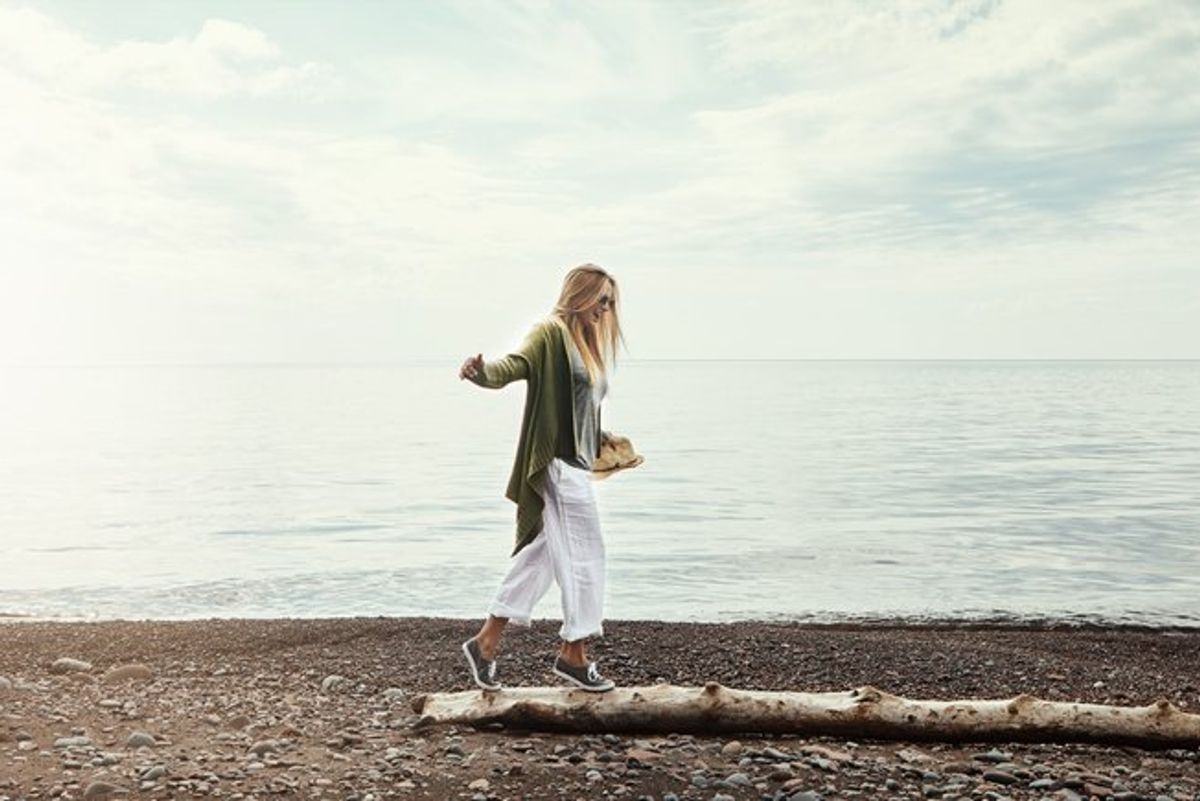
iStock.com/gradyreese

Sheryl Kraft, a freelance writer and breast cancer survivor, was born in Long Beach, New York. She currently lives in Connecticut with her husband Alan and dog Chloe, where her nest is empty of her two sons Jonathan. Sheryl writes articles and essays on breast cancer and contributes to a variety of publications and websites where she writes on general health and wellness issues. She earned her MFA in writing from Sarah Lawrence College in 2005.
Full BioLearn about our editorial policies

I'm forever striving for balance in my life. At times, my work schedule gets pretty hectic, threatening to obliterate my personal time (the growing to-do list is testament to this fact). But, the other side of the coin is not perfect, either: If I take too much personal time, my to-do list might be whittled down, but so will my work opportunities.
It certainly can get mentally draining and quite challenging when life gets out of balance, don't you think? You're forever trying to stand upright, fighting the forces that pull you hither and yon.
But there's another part of balance that is just as important to maintain: our physical balance. It never hit me so hard as when I lost my balance some months back, slipping on a wet marble bathroom floor. Like a gymnast, I flew up in the air, only I didn't land with quite as much grace.
Hello, broken wrist.
Wet bathroom floors are not the only things that can threaten your balance. Balance can be affected by a lot of things: a health-related issue like an inner ear infection; low blood pressure or neurological problems; or medication issues, such as certain antibiotics or pain medications can make you feel dizzy and throw off your balance. Some older adults may have vision problems that can make falls more likely.
And there's that unsettling condition known as vertigo that is caused by crystals floating around in your inner ear, making the room spin, when, in reality, all around you is still.
Balance problems can have devastating effects, like injuries, hospitalizations, surgeries and even deaths (hip fractures are a major cause of health problems and death among older adults). Women are more likely than men to be injured in a fall: in 2008, women were 46 percent more likely than men to suffer a nonfatal fall injury.
How can you lower your risk of falling?
READ: How to Find the Time to Exercise (It's Easier Than You Think)
READ: 6 Common Myths About Aging